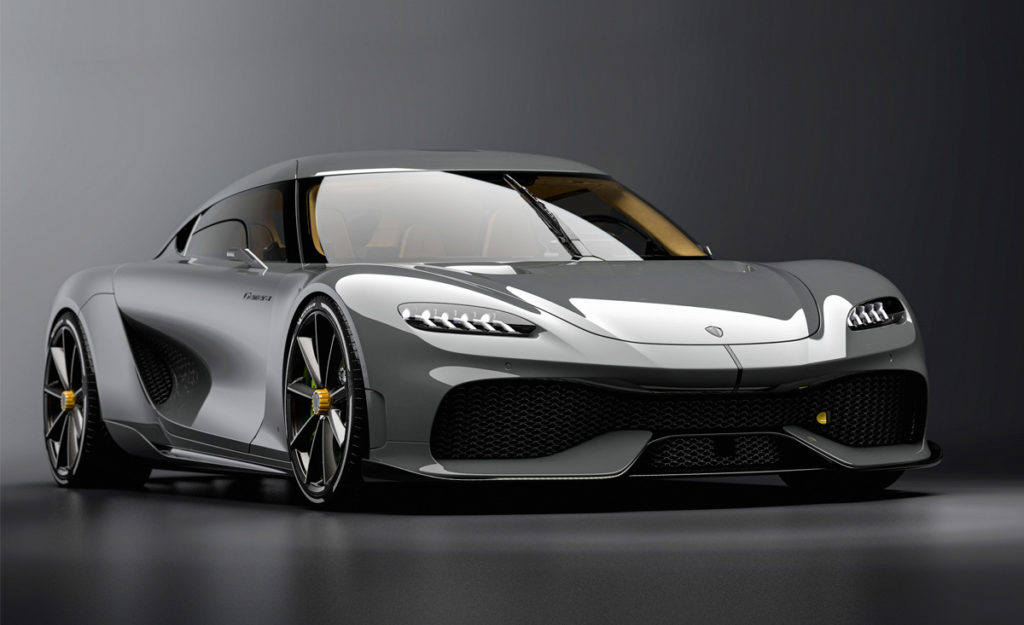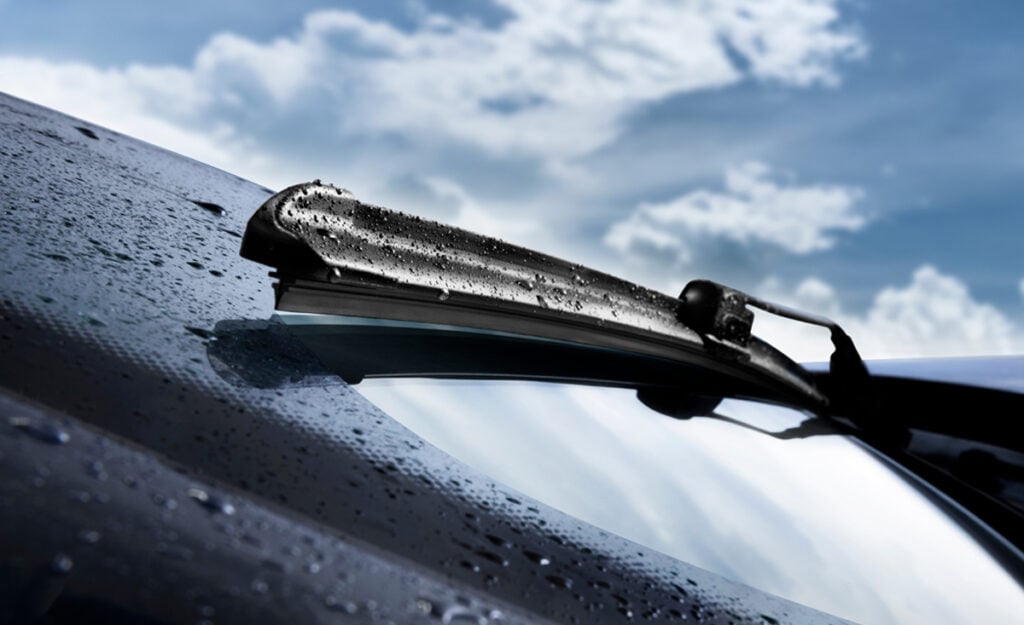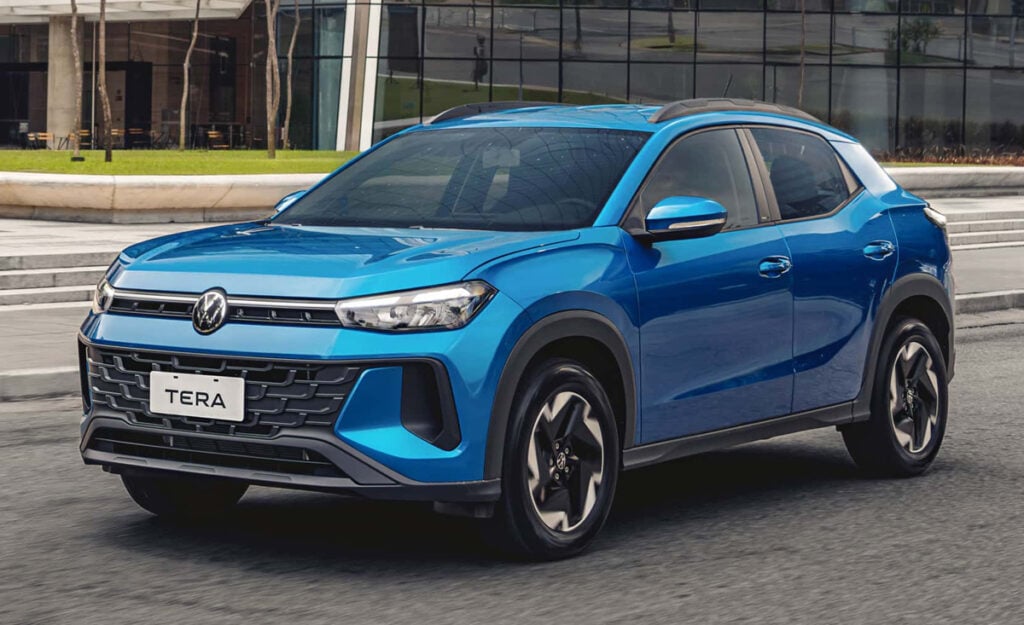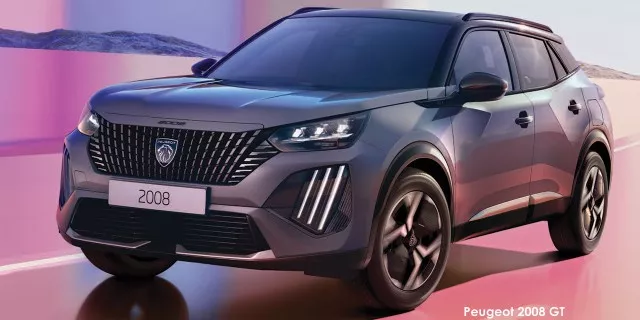Inside the Koenigsegg Gemera – An incredible 4-seat hypercar

By Hannah Elliott, Los Angeles
A little less than a month ago, the Koenigsegg Agera RS lost its title as the fastest production car in the world.
SSC’s Tuatara hit an average top speed of 282.9 mph (455.28 kmh) on an Air Force base in Florida on Jan. 17, handily beating the 277.87 mph the Agera RS had achieved in 2017.
A company representative did not respond to a request for comment after losing the title. But things have been busy at Koenigsegg headquarters in Ängelholm, Sweden; they may have hardly noticed.
The manufacturer is in the midst of building a new production line for Gemera hybrid hypercars to start production next year.
Koenigsegg’s first four-seat vehicle is positioned to revolutionize the obscure company that in 25 years of existence has sold fewer than 250 cars, anywhere, ever. There are 300 Gemeras planned.
Only a portion of them are spoken for, according to a Koenigsegg spokesman. At $1.77 million each, they’ll be the most profitable vehicle the marque has made to date.
The idea of creating a larger hypercar that offers real practicality without sacrificing performance makes sense in a market where high-priced supercars and utility vehicles are the things selling most rapidly.
Peak Performance
Because many people missed its March 2020 debut—automakers the world over scrambled together “virtual” product unveils for the canceled Geneva Auto Show—Koenigsegg has sent Gemera on a whistle-stop tour across America for journalists and fans of the brand.
And, of course, potential customers.
A 2.0-liter, three-cylinder twin-turbo engine and the revolutionary Koenigsegg Direct Drive, a single-gear transmission, will take the car from zero to 400 kmh (248.5 mph) at a “record-matching” pace, according to the company.
Three electric motors placed near both rear wheels and one on the crankshaft amp up the power for a combined 1,700 brake horsepower with a claimed top speed of just under 249 mph and a zero to 62 mph sprint time of fewer than two seconds. In electric mode, the car can get to 186 mph.
These numbers beat superfast cars including the Tesla Model S and Bugatti Chiron alike. (Both can do it in roughly 2.4 seconds.)
Practical Design
A private tour of the car on Jan. 24 revealed its true glory: the door design.
The roof of the car is partially cut out by two dihedral synchro-helix doors—a fancy way of saying that the car has two long, frameless doors that each extend over both the front and rear seats—further assisting in access to the interior.
So unlike two-plus-two grand tourers, there is no need to lean the front seat forward, followed by an awkward tumble into or out of the rear row.
One click of the remote key fob sends the large door rotating up and automatically stopping a safe margin from the ceiling. (Or, in garages with lower clearance, a sensor will stop the door several inches below ceiling height.)
Carbon-fiber composition allows the doors the strength to go frameless and for the car to be left (incredibly) without a B pillar, the middle pillar that typically helps hold it stiff and secure at high speeds and in the event of a crash.
In inclement weather I could see the doors being a pain to use—how annoying for the back seat passengers to get inundated with snow or sleet when the driver jumps out to pump gas—but under calmer conditions the two-door solution to a four-seat car is superb.
Passengers Welcome
Which brings up the second-best thing about the Gemera (not including the great exterior looks): the back seat.
You may have heard Porsche 911s have “back seats”; so do Lotus Evora GTs and the Aston Martin Rapide. But those are back seats in name only. Sitting in them feels like a prison sentence.
Gemera’s back seats, by contrast, feel as good as the front ones do. They’re bucket-shaped, with a hexagon-like pattern of ergonomic bolsters that run from the hips and lumbar area to the shoulders.
They offer legroom that equals that of first class on a Boeing jet; the headroom allows a full good-postured sit in the rear. You could probably fit on a cowboy hat as well.
Each rear seat has an entertainment screen (fixed to the back of the front seats), two sets of cup holders, and a generous armrest. Egress and ingress to the rear as tested were made easy by the ingenious design of that winged door.
The final note on this prototype Gemera is the (optional) luggage system. “System” because the bags that come with the Gemera are a set of four tall rectangular rolling cases that fit three to the rear trunk and one, lying on its side, in the front.
The benefit of such a bespoke set is that each passenger in the car will have her own; the detriment is that, no, the trunk probably won’t fit much else. Not a large Tumi case, say, or a set of golf clubs.
But, hey—win some, lose some. From this vantage point, those who buy the Gemera will come up winners. I can’t wait to test-drive it.














